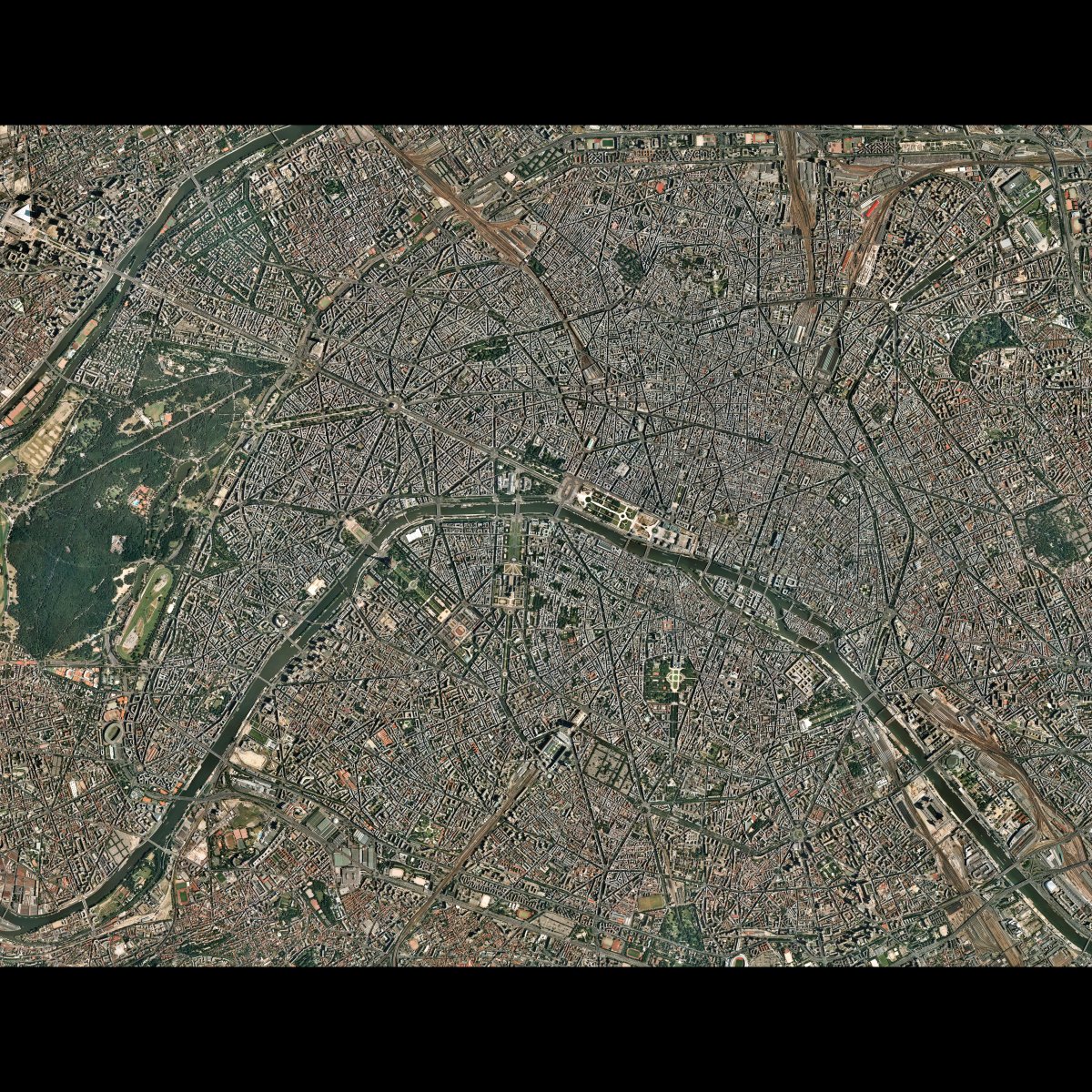
It feels like Houston is a small town outside of Detroit in the artworld; no jobs and no satisfaction. For too long this town has been a producer, not a consumer, and now as fortune turns away from us a black heart is revealed as the oozing center of the scene, the structure and the soul. For all the cats and kittens gobbling cheese and slurping wine at openings their shallow agendas suck the air out of the room. In like fashion even a purchase is a strong-armed exchange of influence perpetuating bourgeois respectability that simply makes me sick. The navel-gazing bored wives and ex-wives who open galleries operate on this exchange and drag their circle of friends into the money pit of art, like the Avon lady gunning for a pink Cadillac, without a shred of decency. For every big wig buying his way into the echelons of Houston’s plastic surgeon elite or cementing his place as a cuntbag with too much money to spend there is a gallerist willing to suck their toes- and an artist ready to lick their balls.
If our alternative spaces insist on selling off their spaces to bad artists with bank accounts, if our minor museums persist in spinning bullshit out of New York halfwits, if the MFAH dumbs down their programming and reaches into the history museum for content, if the CAMH doesn’t wise up and start a collection- then I don’t want any part of it. In a moment of weakness I relish the work on the walls, the game of aesthetic b.s., the meandering society of artists ducking in and out of shows, but soon enough I am reminded of the dark heart of the whole thing. I’ve been working crap jobs for too long and applying for too many art jobs to be happy about it all. I’ve had three art jobs in the past few years and they have all imploded in short shrift. I worked for a gallery for a week before the owner lost his backing and cut me from the payroll. I wrote online for a site for three months before the budget wasn’t there for me anymore. Last month I was offered a job at a non-profit that disappeared before I even started. I can’t help it that I’m crushed. Maybe I am just unemployable. Maybe I write and speak too frankly to maintain the glassy-eyed stare necessary for artworld sustenance. One way or another I’m sick of it. Curating, writing, painting, blogging, buying art and bullshitting are still my favorite hobbies- but that’s all they’ll ever be. Screw this shit. I’m gonna go be a street vendor.
























